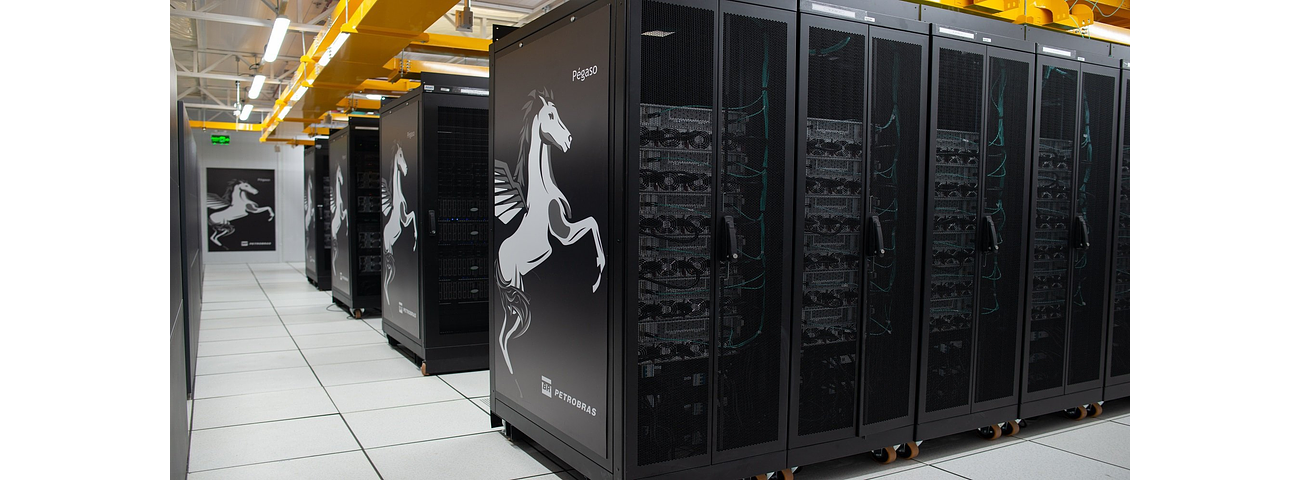Petrobras received the Pegaso supercomputer, the largest in Latin America and the 33rd in the world.
Pegaso has 678 terabytes of RAM and a 400 Gbps network, which is practically equivalent to the processing power of the Atlas and Dragão supercomputers combined. Its computing capacity is 21 PetaFLOPS, which corresponds to 150 thousand computers or 6 million cell phones.
"The delivery of a project of these dimensions is always a challenge, with more than 30 tons of equipment transported in 32 trucks. In recent years, we have assisted Petrobras with Dragão, Atlas, and Fénix, but Pegaso will expand the company's processing capacity to 63 PetaFLOPS (peak FP64),"
With the machine, Petrobras will generate higher quality images of the subsurface, reducing geological and operational risks, increasing the possibilities of discoveries, and optimizing the productivity of the company's oil fields.
Pegaso began to be assembled in July of this year and is already operational. The project also had the collaboration of NVIDIA and Supermicro, responsible for providing technology and components for the supercomputer.
Digital transformation Petrobras has a digital transformation plan focused on building a large digital underwater park. The project includes the construction of a fiber optic network to enable initiatives such as Digital Twins, permanent seismic monitoring, and remote operation and monitoring of platforms, for example.
The objective is to generate gains in operational efficiency with an increase in oil and gas production and a reduction in HH (man-hours) exposed to risk and TAR (Recordable Accident Rate)




